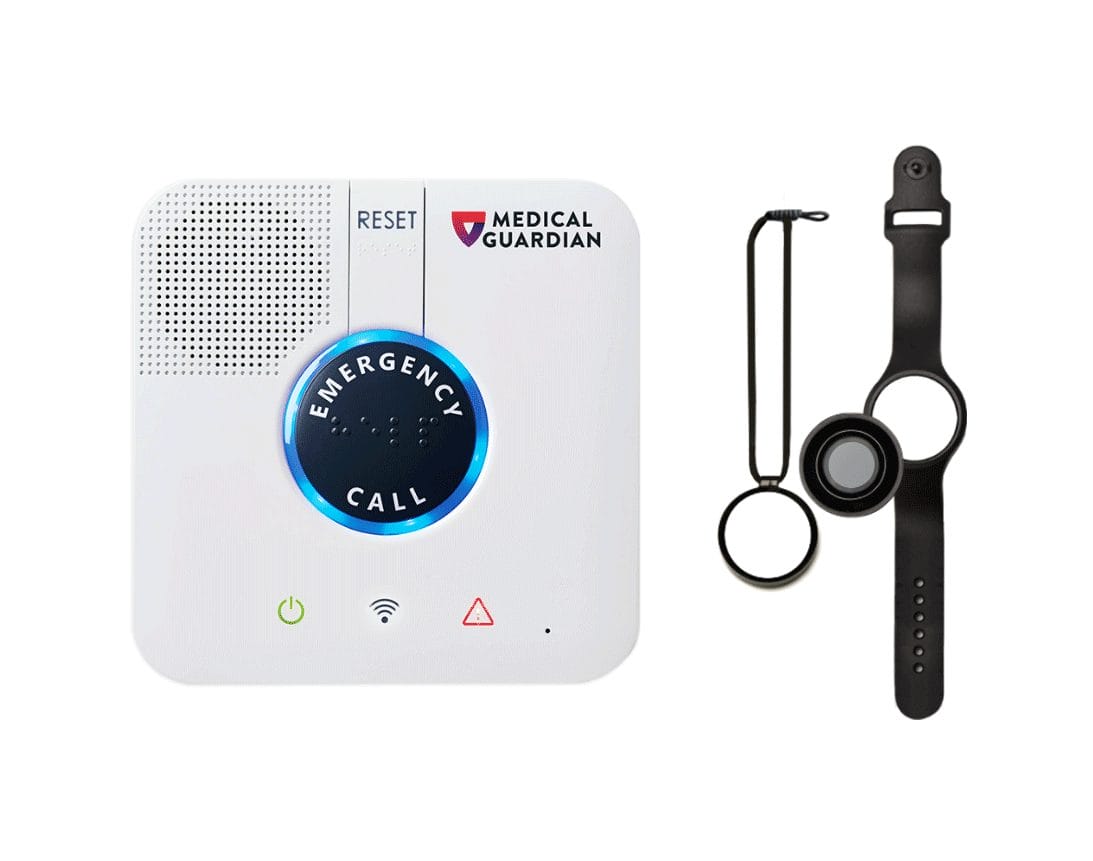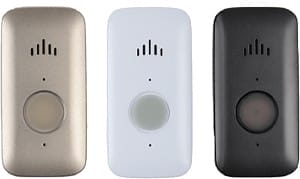
As tax season approaches, a critical decision for taxpayers, particularly seniors and caregivers managing long-term care expenses, is whether to opt for the standard deduction or to itemize their deductions. This choice can significantly impact taxable income and overall tax liability. In this article, we will explore the intricacies of both options, focusing on their pros and cons, dollar amount thresholds, and the considerations involved. This article provides a comprehensive understanding that will help you learn whether taking the standard deduction or itemizing your deductions is best for your situation next tax season.
Understanding standard deductions
First, we’ll explain the standard deduction and then compare it to itemized deductions.
What is the standard deduction?
The standard deduction is essentially a portion of your income that is not subject to tax, thereby reducing your overall tax liability. This amount varies based on your filing status — whether you are single, married filing jointly, head of household, or married filing separately. The standard deduction is periodically adjusted for inflation, making it crucial to know any changes to the current year’s figures.
Rules and dollar amounts for the standard deduction
The rules for standard deductions are straightforward: Taxpayers are entitled to this deduction without the need to itemize or detail their expenses. The specific dollar amounts vary. For instance, for 2023, the standard deduction for single filers is $13,850, and for married couples filing jointly, it is $27,700. This variation acknowledges the different financial burdens and responsibilities of each filing status.
Advantages of the standard deduction
One of the primary advantages of the standard deduction is its simplicity. It eliminates the need to keep detailed records and receipts throughout the year. Additionally, in certain cases, the standard deduction might offer a higher deduction amount than itemizing, particularly for individuals or households with fewer deductible expenses.
Drawbacks of the standard deduction
The standard deduction isn’t always the most beneficial choice. It may not provide the most tax savings for those with considerable deductible expenses that exceed the standard deduction amount. This scenario is particularly relevant for seniors or caregivers with high medical and long-term care costs.
Ideal candidates for the standard deduction
The standard deduction is ideally suited for individuals and families whose deductible expenses do not surpass the standard deduction amount. It’s also a practical choice for those who prefer a simpler, more straightforward tax filing process. Seniors without substantial medical expenses or caregivers with minimal deductible costs often find this option more advantageous.
Understanding itemized deductions
Now, let’s take a look at what it means to itemize your taxes.
What does it mean to itemize taxes?
Itemizing deductions involves listing each deductible expense you have incurred throughout the year. This method can lead to a larger total deduction than the standard deduction but requires detailed recordkeeping. Itemized deductions can include various expenses, such as medical and dental expenses, some home modifications, state and local taxes, mortgage interest, and charitable contributions.
Depending on your situation, you may be able to itemize other payments, such as nursing home costs. Check with your tax preparer well ahead of tax time to understand if you can do this in your situation.
Rules and dollar amounts for itemizing
The rules for itemizing are more complex than for the standard deduction. Taxpayers must have proof of each expense they claim, such as receipts or invoices. The IRS also sets specific thresholds for certain deductions, like medical and dental expenses, which must exceed 7.5% of your adjusted gross income (AGI) in 2023 to be deductible. For seniors and caregivers, long-term care expenses can be a significant component of itemized deductions, often making it worthwhile to itemize if these expenses are substantial.
Benefits of itemizing deductions
Itemizing can be highly advantageous for individuals with significant deductible expenses. It often results in a larger overall deduction than the standard deduction, leading to greater tax savings. This is particularly true for taxpayers with high medical costs, substantial mortgage interest payments, or large charitable donations.
Drawbacks of itemizing
The primary drawback of itemizing is the need for meticulous recordkeeping throughout the year. It can be a time-consuming and complex process, requiring organization and an understanding of what expenses are deductible. Additionally, itemizing is subject to audit risk, meaning that if the IRS questions the deductions, the taxpayer must provide adequate documentation to support each claim.
Practical scenarios
Here are two examples of situations where taxpayers take the standard deduction and itemize their taxes. Remember that your situation is unique, so you’ll need to check with your trusted tax professional, but these scenarios can help paint the picture of the two options.
Scenario 1: Opting for the standard deduction
Consider the case of Mr. Anderson, a retired senior citizen. He lives in a paid-off home and has minimal health care costs thanks to comprehensive insurance. His primary expenses are basic living costs and occasional charitable donations. Mr. Anderson’s total of these itemized expenses does not exceed the standard deduction amount for his filing status. By opting for the standard deduction, he simplifies his tax filing process and maximizes his tax benefits without requiring extensive recordkeeping.
Scenario 2: Benefits of itemizing deductions
Contrastingly, take the example of Ms. Bennett, who is a caregiver for her elderly mother. Her mother has significant long-term care expenses, including home care services and numerous medical bills not covered by insurance. Ms. Bennett, who covers these costs, finds that these expenses far exceed the standard deduction threshold. By itemizing, she can claim these substantial expenses, significantly reducing her taxable income. Despite the detailed documentation required, the financial benefit of itemizing in her situation is clear.
Should you take the standard deduction or itemize your taxes?
Choosing between the standard deduction and itemizing is a decision that should be made after careful consideration of one’s personal financial situation. For some, like those in the first scenario, the standard deduction offers a straightforward, beneficial approach to tax filing. Others, like the other scenario, find more value in itemizing, especially when significant deductible expenses are involved.
It’s crucial to stay informed about the current tax laws and standard deduction amounts, as these can change and impact your decision. Consulting with a tax professional can provide personalized advice tailored to your specific circumstances. By understanding the advantages and drawbacks of each option and evaluating your financial situation, you can make the choice that best suits your needs, ensuring a more efficient and beneficial tax filing experience.








